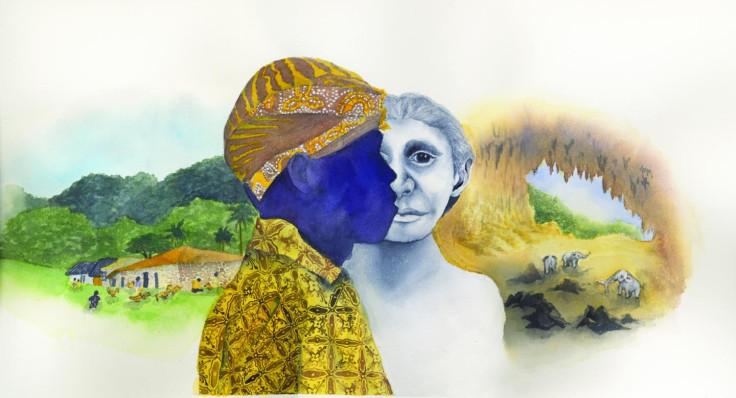Indonesian Island’s Pygmies Not Related To Ancient Hobbits, Genetic Analysis Confirms

Back in 2003, a group of archaeologists exploring a cave on the Indonesian island of Flores uncovered fossils belonging to a hominin of unusually short stature.
The human ancestor, named Homo floresiensis, lived some 60,000 to 100,000 years ago and stood just 4ft tall. It drew a lot of attention from the scientific community, but the team involved in the work was particularly intrigued when they found a living population of people with very similar height and physical traits less than a mile away from the site of discovery.
Many thought this group, popularly known as pygmies of Rampasasa village, were the living descendants of Homo floresiensis. Several members from the community itself made this claim, but according to a new research conducted by scientists at Princeton University, there is no direct relation between Rampasasans and the long-extinct species.
The debate over the history of Rampasasan pygmies was silenced when scientists at Princeton developed a novel technique to analyze archaic genetic sequences in the DNA of 32 pygmies currently living in the village.
Typically, the relation with an ancient human species is determined by studying the genomes of modern beings and comparing them with genetic information from the species in question. However, in this particular case, there was no DNA from the fossils of Homo floresiensis, who are also known as Hobbits, to compare with.
This prompted the team to turn toward the archaic analysis method, where the genes acquired from different species are marked to identify any unknown source.
“If you want to look for another species, like Floresiensis, we have nothing to compare, so we had to develop another method: We 'paint' chunks of the genome based on the source,” Serena Tucci, one of the researchers involved in the work, said in a statement. “We scan the genome and look for chunks that come from different species -- Neanderthal, Denisovans, or something unknown."
On applying the technique, the team found that none of the subjects had genes of unknown origin, including those from Hobbits. “There is no indication of gene flow from the Hobbit into people living today," Tucci added in the statement.
"They definitely have a lot of Neanderthal,” the researcher added. "They have a little bit of Denisovan. We expected that, because we knew there was some migration that went from Oceania to Flores, so there was some shared ancestry of these populations.”
That said, the team also found evidence that suggests the short stature of modern pygmies is more of an evolutionary change. They compared genomes of Flores pygmies with genes of Europeans and noted that the former had a higher frequency of gene variants associated with short stature.
"It means that these gene variants were present in a common ancestor of Europeans and the Flores pygmies," Richard "Ed" Green, another author of the work, added. "They became short by selection acting on this standing variation already present in the population, so there's little need for genes from an archaic hominin to explain their small stature."
© Copyright IBTimes 2024. All rights reserved.





















